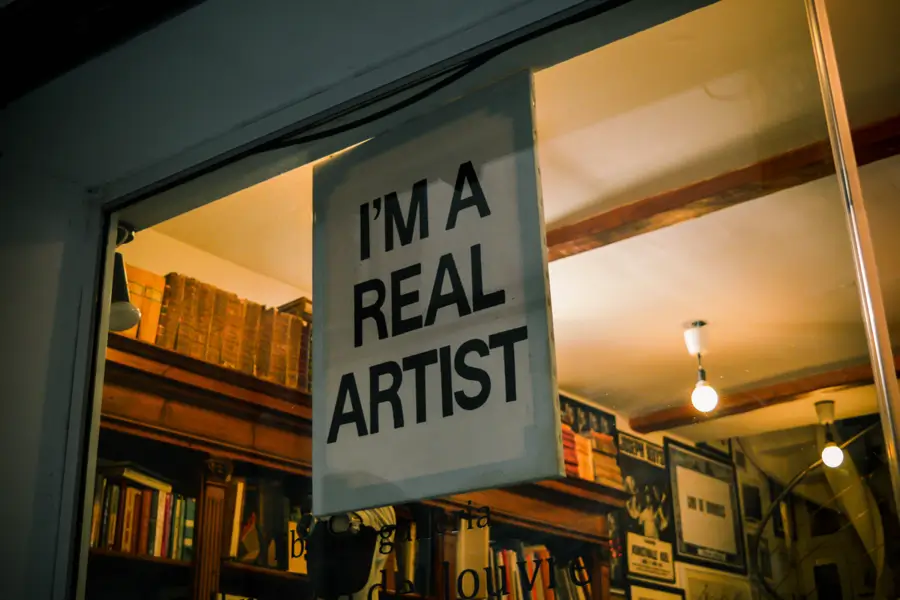
PROFESSIONAL DEVELOPMENT

In today’s rapidly changing world, the traditional notion of a career has evolved.
Many individuals are no longer confined to conventional jobs and are instead exploring opportunities that allow them to express their creativity and pursue their passions. This shift has given rise to a new era of art careers where individuals can make a living by leveraging their artistic talents.
In this blog post, we will delve into the redefinition of what it means to make a living on your creativity and explore strategies for success in art careers.
Art careers have experienced a significant transformation over the years. Gone are the days when artists were limited to traditional job roles in galleries or studios.
Today, creative individuals have the freedom to explore various paths, including creative entrepreneurship and the digital landscape.
The rise of creative entrepreneurship has provided artists with opportunities to turn their passion into a sustainable business.
Artists can now showcase and sell their work directly to customers through online platforms, bypassing the need for intermediaries.
This shift has empowered artists to take control of their careers and establish unique brand identities.
Technology has revolutionized the art industry, opening up new avenues for artists to showcase their work and reach a global audience.
Social media platforms, online marketplaces, and digital tools have made it easier than ever to promote and sell art. Artists can now leverage these technological advancements to gain exposure, connect with potential clients, and explore innovative ways of creating art.
Art careers allow individuals to align their work with their passions. Artists have the freedom to create meaningful and purposeful work that resonates with their values and personal vision.
This shift from prioritizing a steady paycheck to pursuing creative fulfillment has transformed the way we view and approach our careers.
While passion is essential, financial stability is also a crucial aspect of art careers. Artists must find a balance between pursuing their creative endeavors and ensuring a sustainable income.
It requires careful planning, exploring diverse income streams, and adopting entrepreneurial skills to monetize their art effectively.
Artists must find a balance between artistic expression and creating marketable work. While creative freedom is essential, it is equally important to consider the preferences and demands of the audience.
Striking a balance between personal artistic vision and commercial viability can be a challenge that artists need to navigate.
Artists can monetize their creative skills through various avenues. This may include selling artwork through galleries, online platforms, or commission-based projects.
Artists can also explore opportunities in freelance work, collaborations, licensing their work for merchandise, teaching art classes, or offering creative services to clients.
By diversifying income streams and exploring different avenues, artists can create multiple sources of revenue while expanding their reach and visibility in the art industry.
In conclusion, the landscape of art careers has undergone a significant transformation, offering artists more opportunities than ever to make a living on their creativity.
By embracing creative entrepreneurship, leveraging technology, and adopting effective strategies for success, artists can forge fulfilling and financially stable careers. The key lies in balancing artistic passion with market demand, overcoming societal stereotypes, and building a strong personal brand.
With determination, resilience, and a strategic mindset, artists can redefine what it means to make a living on their creativity and thrive in the dynamic world of art careers.
By diversifying income streams and exploring different avenues, artists can create multiple sources of revenue while expanding their reach and visibility in the art industry.

The Art Career Project is a trusted resource for emerging and professional artists.